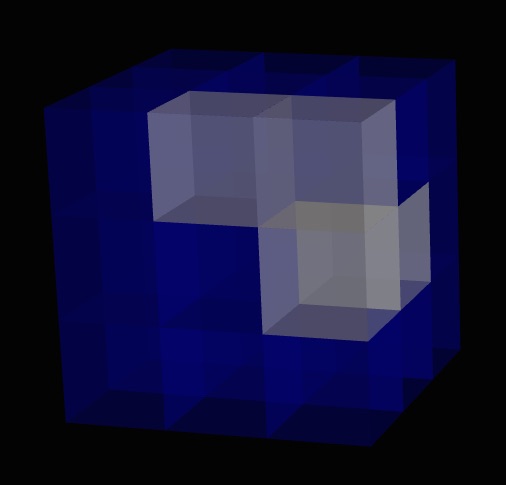Today I started watching the second season of Grace and Frankie. I didn’t get very far before the first shot of Sam Waterston got me thinking about his earlier work, and that’s when I started going down the rabbit hole.
First I looked on Youtube to see if I could find the video recording of the 1973 Joseph Papp production of Much Ado about Nothing, starring Waterston as Benedick and Kathleen Widdoes as Beatrice. Turns out it’s not on Youtube. Fortunately, used copies of the videotape are available at Amazon for purchase.
Next I set my sights on Kathleen Widdoes. I wasn’t interested to learn more about what she’s been up to in recent years (she has mainly been a mainstay of the Soaps), but rather how she got her start.
I searched on Youtube and quickly got a hit on a 1961 TV show called Way Out, which I had never heard of. Widdoes, who at the time was only 22 years old, guest stars in one episode called “Dissolve to Black”. I watched it.
From that one episode, I think I got a good sense of the show. Like similar TV offerings of the era, such as One Step Beyond, and in the spirit of the much missed EC Comics, it mixed several surefire ingredients, including a love of the macabre, familiar from Alfred Hitchcock Presents, and a disturbing supernatural twist, in the style of The Twilight Zone.
It was all in shadowy black and white, with a very low production budget, like F. Murnau trying to shoot a film in his garage. The show is clearly aiming to scare you, but this episode at least did not succeed.
By the way, I’ve read on-line from still-traumatized baby boomers that episode 12, “Side Show”, is truly terrifying. I look forward to seeing it.
But the most surprising thing about the show is that its narrator each week is Roald Dahl! I had never actually seen the man speak before, and it was quite a revelation.
He is clearly aiming to imitate the style and diction of Alfred Hitchcock in Alfred Hitchcock Presents, a show that had started six years earlier, and in 1961 was still going strong. But far more disturbing than that, perhaps scariest thing of all, far more disturbing than anything about the show itself, is Roald Dahl himself.
For in a twist right out of a Freddy Krueger nightmare, the man looks and sounds exactly like William F. Buckley Jr. I may not be able to sleep for weeks.


